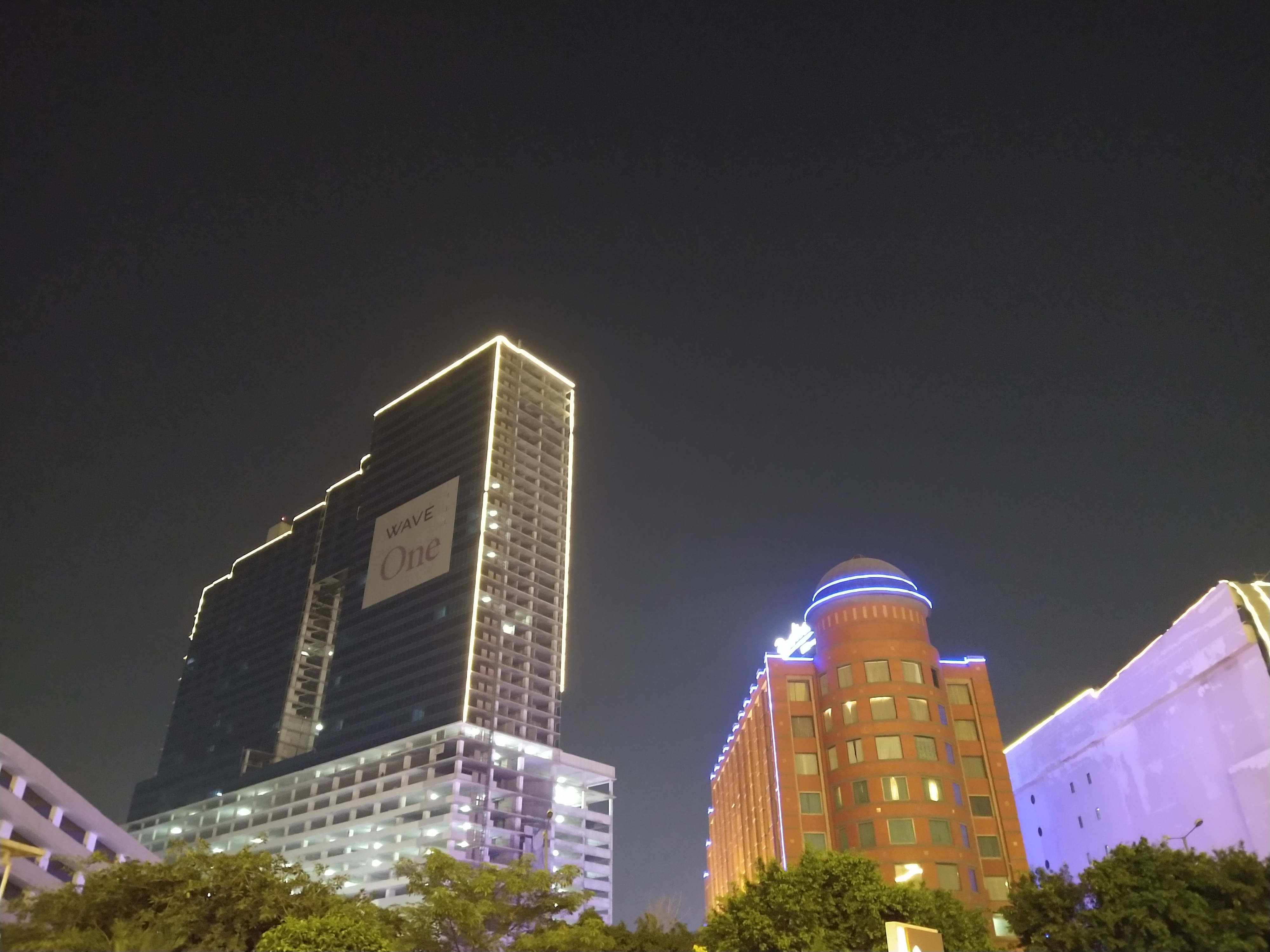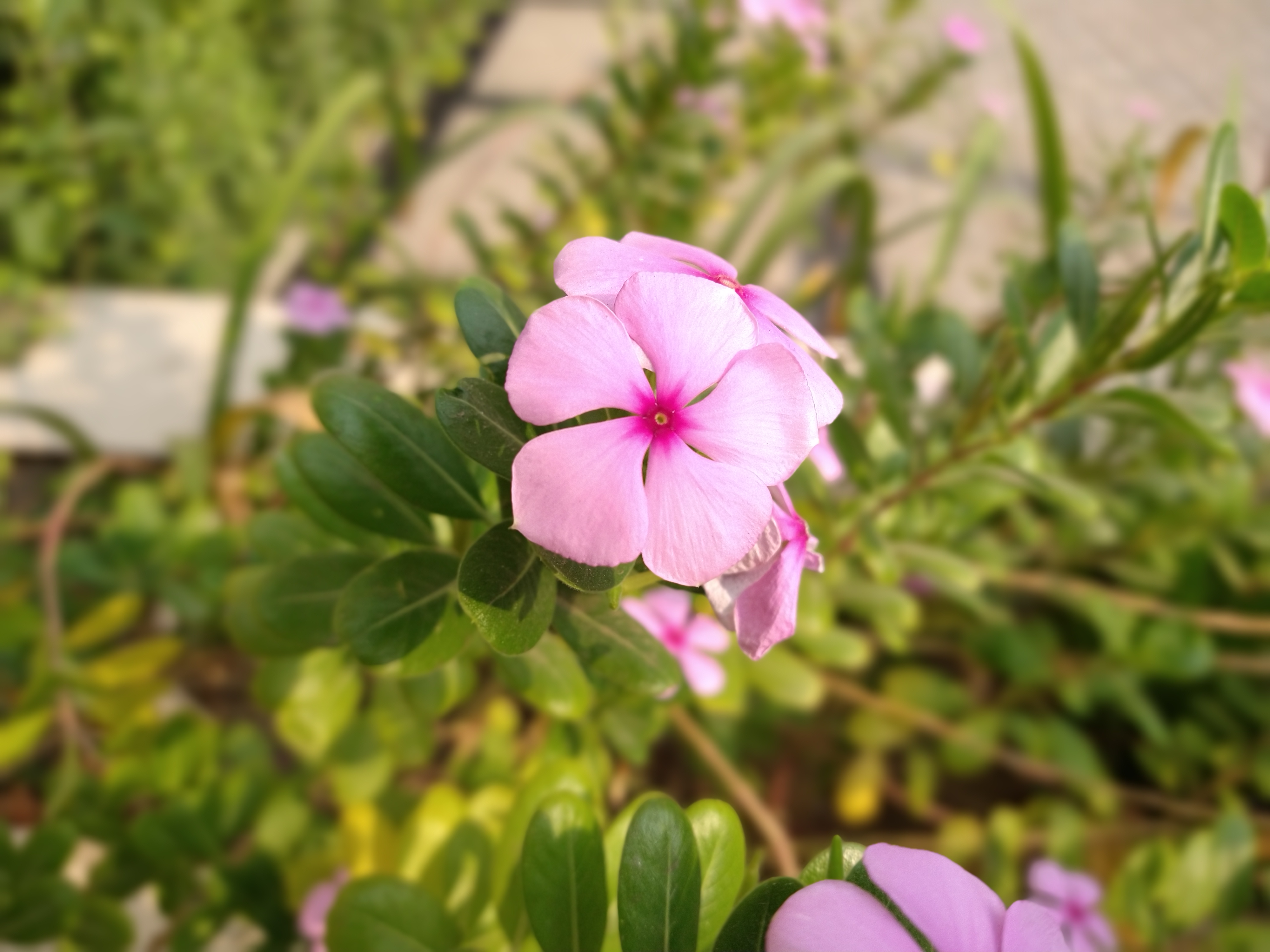Why you can trust TechRadar
Battery life
Moto G8 Plus is powered by a 4,000mAh battery, which is a pretty decent capacity even at the low-price tier of phones, where we usually see very competitive power packs in phones.
On casual use, you can expect a two-day battery life from the G8 Plus but if you like watching videos, being on social media at all times and playing games on your phone, the phone still easily lasts for a day on a single charge. The battery management system of the phone efficiently saves power by dismissing apps that aren't in use, and helps the phone last longer.
The device supports 15W fast charging with the TurboPower adapter provided in-the-box. The phone takes close to 150 minutes to fully charge from 0-100%, which is a little on the slow side, but at this point you're often stuck with micro-USB ports which take even longer, so we're happy with the USB-C port here.
Cameras

Motorola has upgraded the G-series to triple camera setup. The cameras on the Moto G8 Plus consist of a primary 48MP sensor with an f/1.7 aperture paired with a 16MP ultra-wide angle lens with a 117-degree field of view and a 5MP depth sensor which assists in portrait mode. On the front, there’s a 25MP selfie camera housed within the notch cutout with an f/2.0 aperture.
The primary camera can record videos in 4K at 30fps and Full HD at up to 120fps while the wide-angle camera and selfie camera can only record at 1080p. The phone has an electronic stabilization in place for videos, which is pretty good at its job of keeping footage stabilized while shooting. One can also record videos holding the phone in a vertical position which improves stability.
The highest camera on the Moto G8 Plus' array is its ultra-wide angle lens, and this isn't actually used to take ultra-wide pictures.
Instead, it's an 'action-cam' as seen on the Motorola One Action, which lets you record horizontal videos while holding the phone vertically. It's a cool feature, useful for people who want GoPro-like features without splashing out on a new camera.
Sign up for breaking news, reviews, opinion, top tech deals, and more.
When taking standard pictures, the company’s quad-pixel technology allows the camera sensors to be more susceptible to light which allows more clear and brighter pictures in any kind of environment. It’s more noticeable in the pictures taken in low-light or at night.






















The primary 48MP camera captures sharp and colouful images in the daytime however, during the night, the pictures are filled with grains and it’s clear that it can’t retain details easily.
The camera produces more detailed imagery of the scene in the foreground while distant objects still don’t look clear. That is if you usually zoom into your pictures to check for their clarity, but otherwise for most users, the camera will feel right at home.
Having said that, there’s a marginal difference between the images shot in regular mode in low-lit conditions and the Night Vision mode.
The Moto G8 Plus is snappy and is quick to autofocus on objects, thanks to the laser autofocus system which is great for a phone’s camera in this price range. Generally, the camera performs well in daylight with close to natural color tones and the sharpness is on point.
The dynamic range of the camera is decent, however, it could be better optimized for daylight. The same goes for the contrast of the pictures taken from Moto G8 Plus’ camera. Although, this isn’t something that cannot be fixed via a software patch. In our time with the phone, we received two updates to the camera app which improved the low-light performance.
The selfie camera on the front is decent and so are the portrait pictures, but they sometimes require a bit of tweaking as the camera often processed over-exposed pictures with higher saturation levels.
What concerned us the most about the camera system on the G8 Plus is that there is no option to capture a picture from the wide-angle Action camera which should be a given.
If you love playing with your phone’s camera and create videos, the action camera on the G8 Plus will open up a different perspective that’s not usually found in this budget segment, but the inability to take an ultra-wide picture despite having the lens for it, is a confusing feature.
There's no telephoto lens here either, which is used in many smartphones for optical zoom. Instead, you can use digital zoom of up to 8x, which takes pictures that are just as grainy and noisy as you'd expect. This isn't a huge deal, but many people might prefer a zoom camera over a depth sensor.
Current page: Battery life and camera
Prev Page Overview, Design & Display Next Page Anything else I should know?
- Siddharth Chauhan is the Consumer Technology Reporter at Digit India. He used to work as an Assistant Editor at TechRadar India
